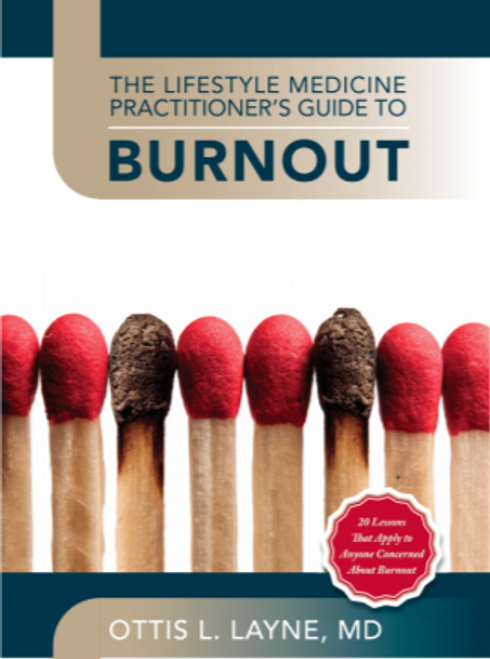The secret is out. Study after study shows that healthy lifestyles reduce the risk of chronic diseases like heart attacks, strokes, diabetes, and some cancers—which are the main causes of death in the US. In fact, the World Health Organization states that 80% of all of these lifestyle-related chronic diseases could be eliminated with adapting key behaviors, such as a whole-food, plant-predominant diet, regular physical activity, restorative sleep, stress management, positive social connection, and avoidance of risky substance use. This is why Lifestyle Medicine is one of the fastest growing fields in medicine.
But how do you actually change the behaviors of your patients? Ask any practitioner … It is a lot easier said than done. This is where The Practitioner’s Guide to Lifestyle Medicine shines. This book was created to increase healthcare providers’ knowledge and skills in Lifestyle Medicine to assist patients in adopting and maintaining healthy lifestyle behaviors, thereby reducing the crippling burden of disease in the US. The major principles of Lifestyle Medicine are highlighted in a format that makes the practice of Lifestyle Medicine practical, profitable, and easy to incorporate into practice. Included are chapters on the following topics:
Fundamentals of behavior change
Optimal nutrition
Incorporating physical activity
Cultivating emotional well-being: stress management and promoting social connection
The power of sleep
Tobacco, drugs, and alcohol use
Reimbursement for Lifestyle Medicine practices
Practitioners from every specialty and every clinical care team, including doctors, nurses, physician assistants, dietitians, and health coaches—from cardiology to orthopedics to primary care, can use this book to successfully implement lifestyle changes in their patient population. The Practitioner’s Guide to Lifestyle Medicine also provides a brilliantly summarized “how” and “why” roadmap at the end of each chapter. That “how” also includes “how to get paid,” given that making the practice of Lifestyle Medicine financially viable for all practitioners is critical to the sustainability of this paradigm shift from sick care to well care.
As a playbook for the most important specialty of the 21st Century for the prevention, treatment, and potential reversal of chronic diseases at their roots, The Practitioner’s Guide to Lifestyle Medicine is the resource you wish you had in medical school and training.







